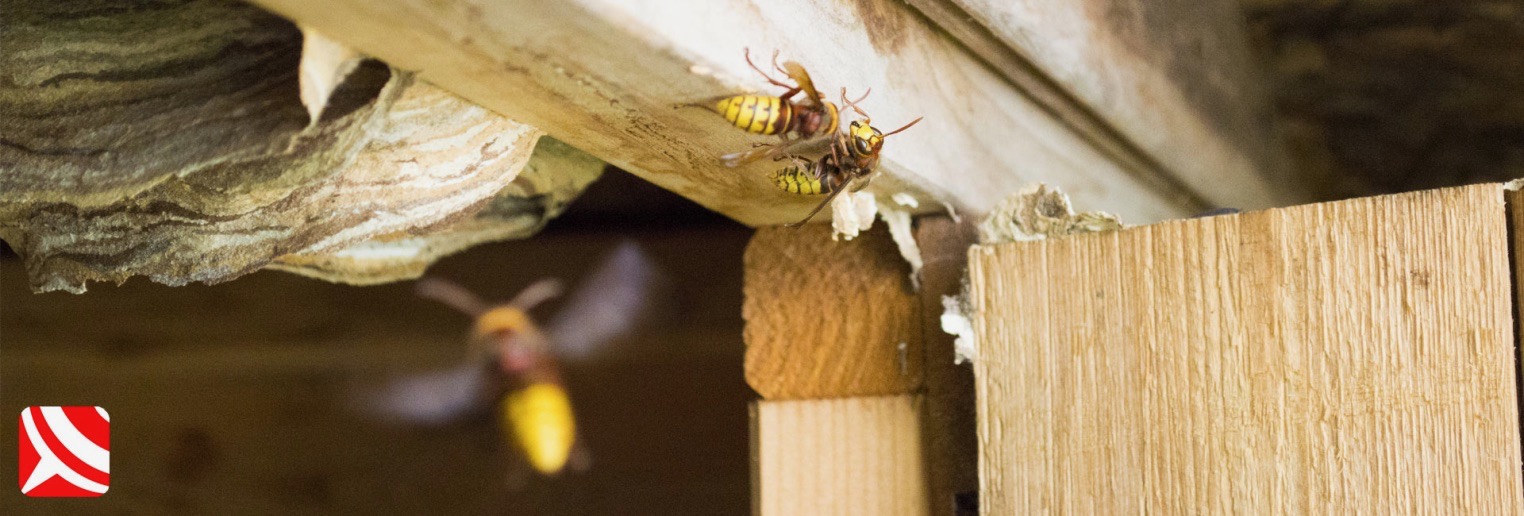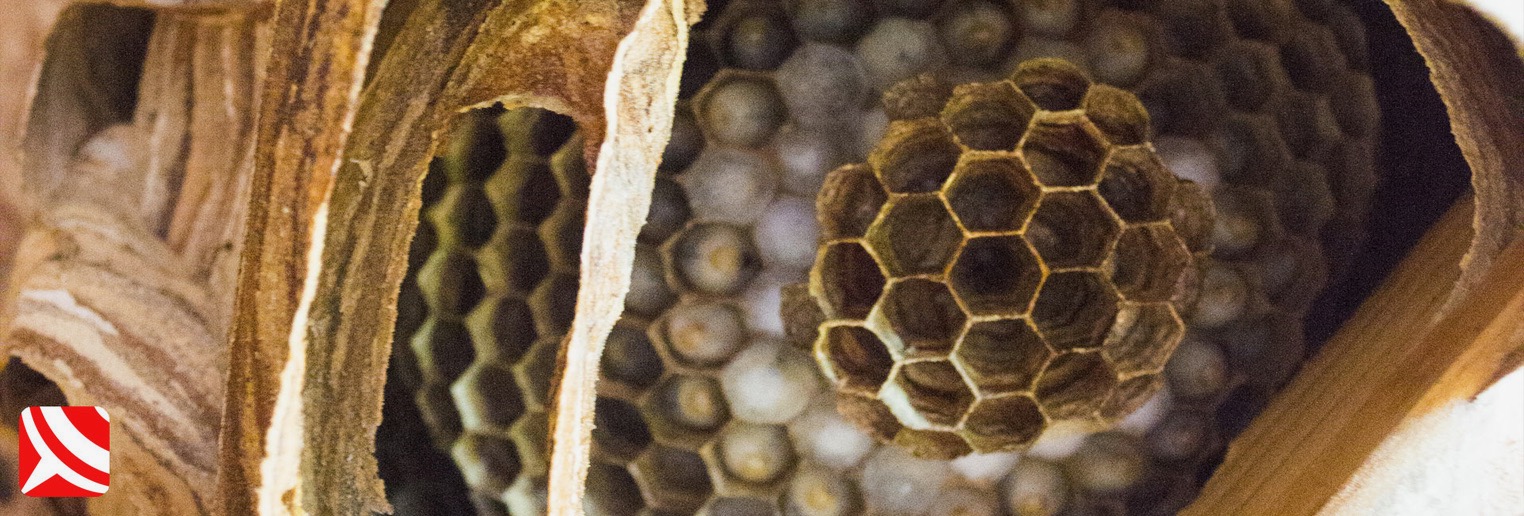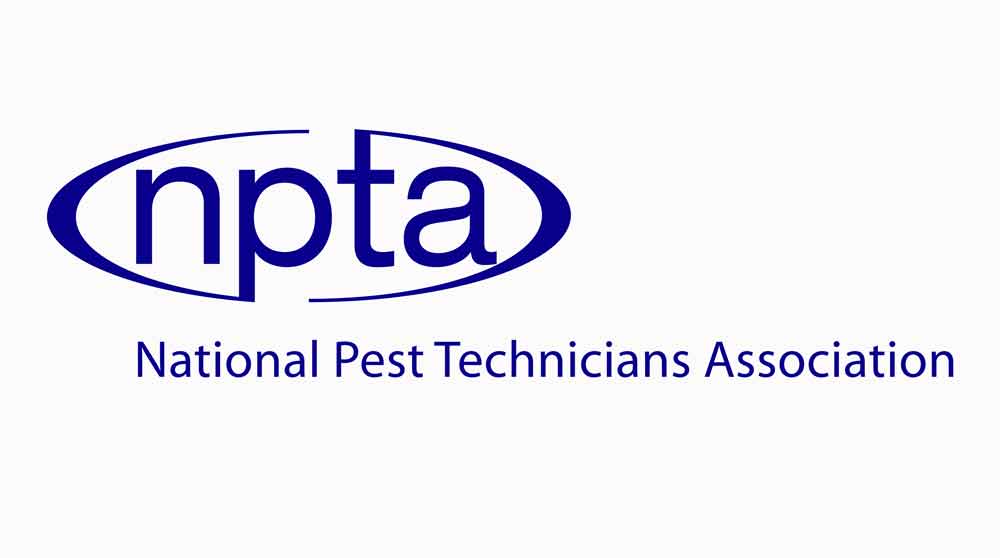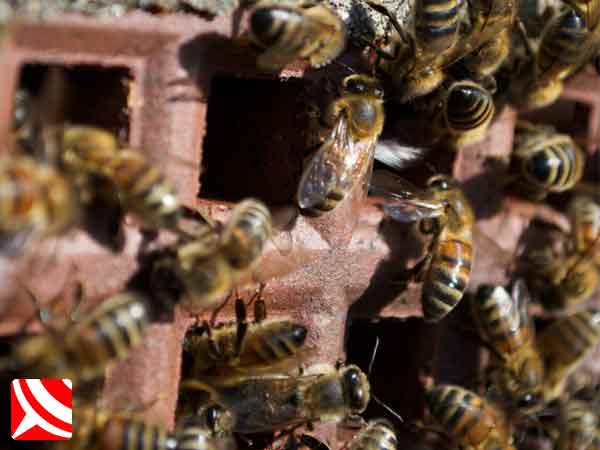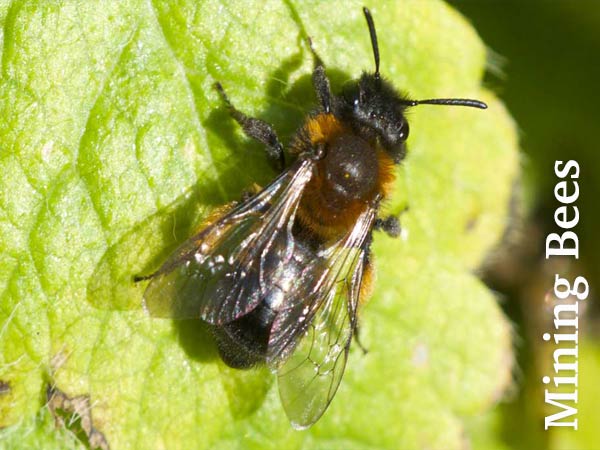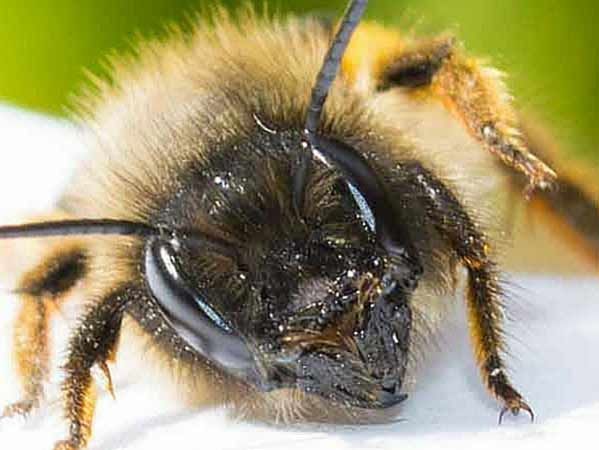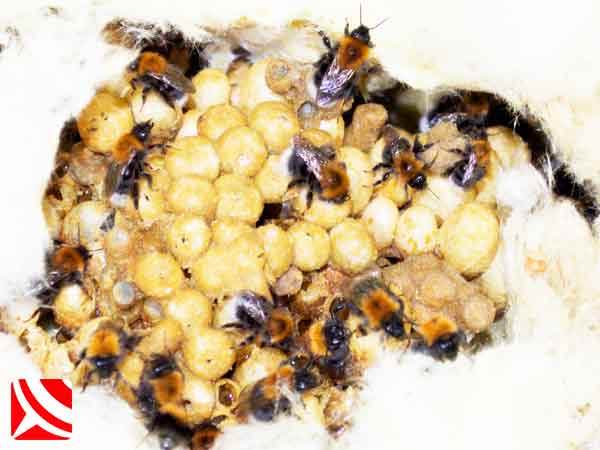Eurpean Hornet Removal : 0117 303 5181
European Hornet (Vespa crabro) Control - FAQ's
Are European Hornets in The UK Protected?
No - but in our opinion, the control of European Hornets in Bristol and The UK, should be better regulated. So think very carefully before considering the control of these amazing creatures and avoid the temptation to destroy hornets not causing a direct danger to you.
What Does a Hornets Nest treatment Cost?
Hornet nests or Hornets hives as some people refer to them, require real care to control and treat safely. At WaspKill UK our expert insect control services are faster, more thorough and more flexible than many other providers. As a result we are usually on site within hours or even faster if it is an emergency. We do charge a small inspection fee but this is refundable against any treatment carried out.
How Dangerous are European Hornets?
Like all other wasps in Bristol, they are only aggressive when threatened or disturbed (they see this as the same thing). Read more about this in the information below.
Are Hornet Stings Dangerous?
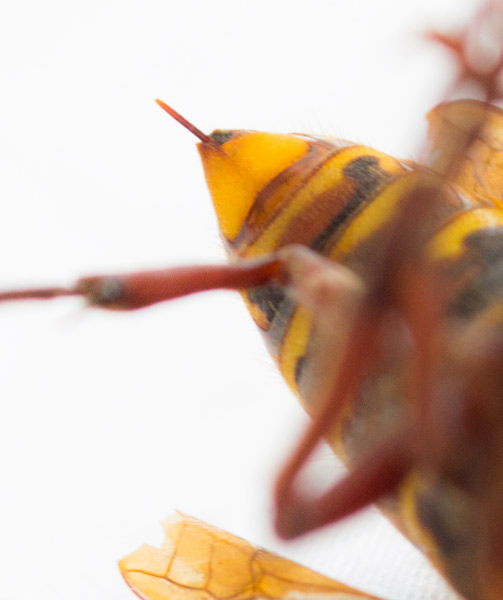
European Hornets have larger, longer stings than other species of native wasps so inject more venom, causing far more pain. That said, it has been reported that the venom is less toxic to us than smaller wasps, however we all react differently to stings, and some people can die from a single sting.
What should I Do If I am Stung?
The European Hornet - Facts & FAQ's:
Length: 20 - 40mm
Eyes: Shaped like a C and deeply indented
Antennae: Males have 13 segments, Females have 12 segments
Abdomen: Males have 7 visible segments, Females have 6 visible segments - Orange with brown stripes
Wings: Reddish - orange
The European Hornet (vespa crabro) is found across Bristol and in particular the woodland valleys of Gordano, Abbots Leigh and Failand. It is the largest eusocial wasp in Europe and is among the most impressive of all British insects, and at over 35mm long the Queen is a magnificent sight.
You always know when Hornets are around as they produce an unmistakeable and loud buzz not wildly dissimilar to the noise made by the little scooters also known as vespas, but you decide. This buzzing gets more apparent when they are threatened or distressed.
We are commonly called to suspected Hornets nests across Bristol at the start of the year in April and May, but these are almost always queens of other species preparing new nests or looking for suitable nesting sites. It is not until mid July that we get the calls to deal with massive wasps and know that this time it is likely to be the real thing.
A mature hornets nest can contain close to a thousand mature adults and will consume thousands of insects every day from within a radius of around 3000 meters. This can be extremely beneficial for your gardener, and is a powerful plus point to the usefulness of these insects.
Their nests resemble upside down buckets and for the most part are about the size of a football. The debris from a large hornets nest will generate a substantial amount of waste and because the nest is like a bucket, this waste simply forms a large pile beneath the nest causing structural water damage to walls and ceilings, costing many hundreds of pounds to repair.
As with all wasps, Hornets will defend their nests just as other species will, however once you are within three meters of the nest, as long as you do not vibrate (Gardeners with mowers and strimmers beware), breath on the nest, interrupt their flight path or make sudden jerky movements you are unlikely to be attacked and stung. Nature is fickle and so are hornets, so don't take the risk of venturing too close!
When stung you should consider that scientific tests have shown Hornet venom to be 1.7 - 15 times less toxic than honey bee venom. Bees are naturally more at risk from foraging vertebrate predators like badgers etc, and for this reason the bee has a sting that continues to deliver venom even after its death.
Despite this, Hornets cannot afford to be wasteful as they require venom to subdue insect prey, thus there sting lacks barbs. The sting of the Hornet is likely to be more painful than that of other wasps and bees not because of the venom delivery dose but due to its chemical composition. It contains acetyl-choline, efficiently stimulating pain receptors.
The Hornet was once a relatively common sight throughout Somerset and southern England, yet during the 20th century its numbers went into decline, only to experience a recovery in recent years. Conservation is therefore essential, and support for this impressive wasp should be carefully considered.
In some countries, notably Germany, it has been illegal to kill the European hornet or destroy their nests since 1 January 1987 (Article 20d General Protection of Wild Animals and Plants), with a fine up to 50,000 Euros.
Where control is felt absolutely necessary, re-siting of Hornets nests has been attempted successfully and for this reason, could be seen as a billable option for you to consider where you are environmentally conscientious and you have the expertise and an appropriate place to safely re-site the nest.
So we now know that Hornets can certainly pack a powerful sting and just the site of one can create anxiety in many people. In reality however, as long as you stay out of the flight path to their nest, they are unlikely to sting or attack. Once captured prey is dismembered and only the thorax with its flight muscles is returned to the nest.
Are British Hornets Different?
No - British hornets are no different to European hornets. They are exactly the same species. Sometimes it can be easy to consider anything from the continent or overseas as an unwanted intruder, but these insects have been on British soil for centuries and more probably, millennial.
